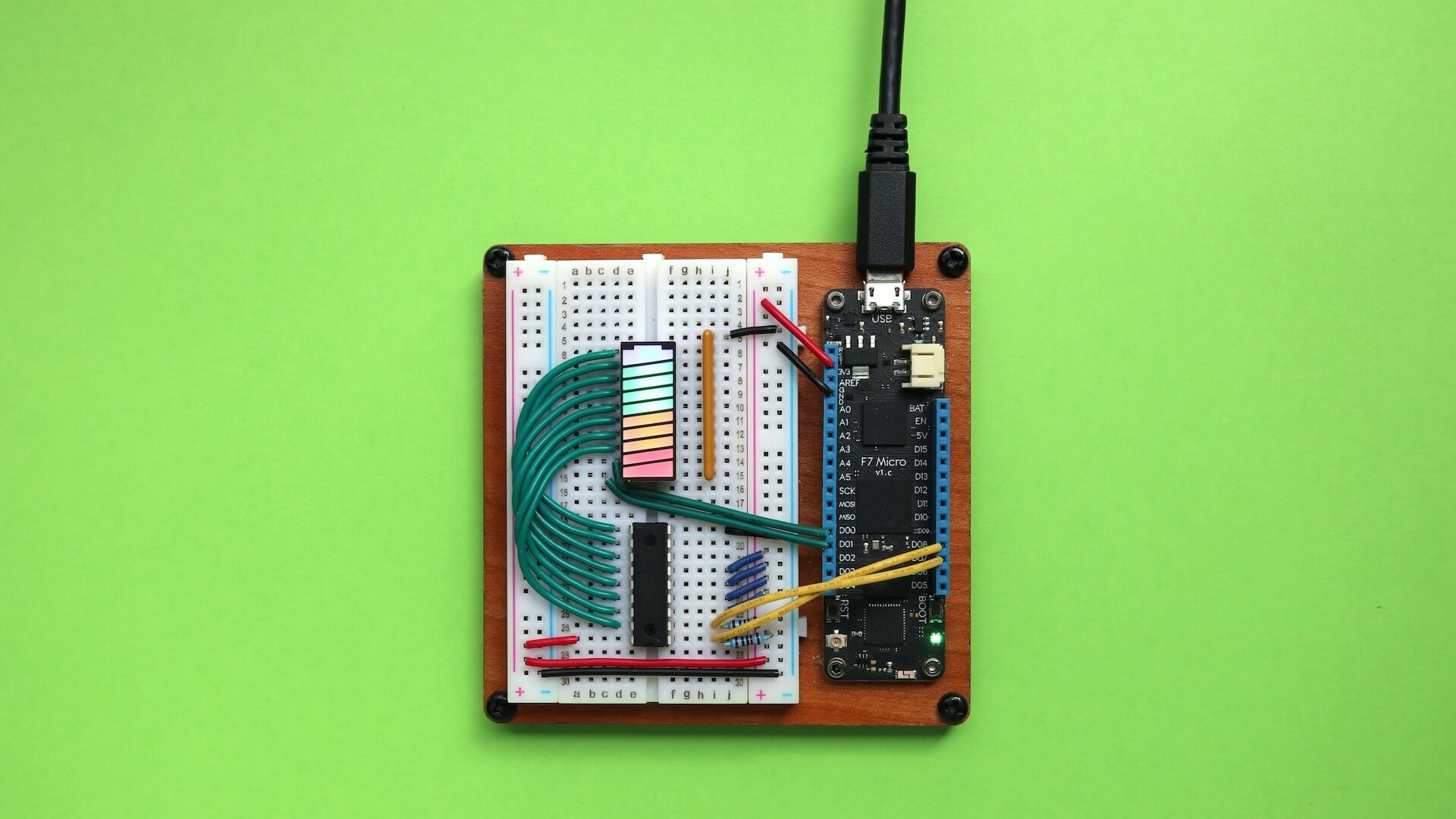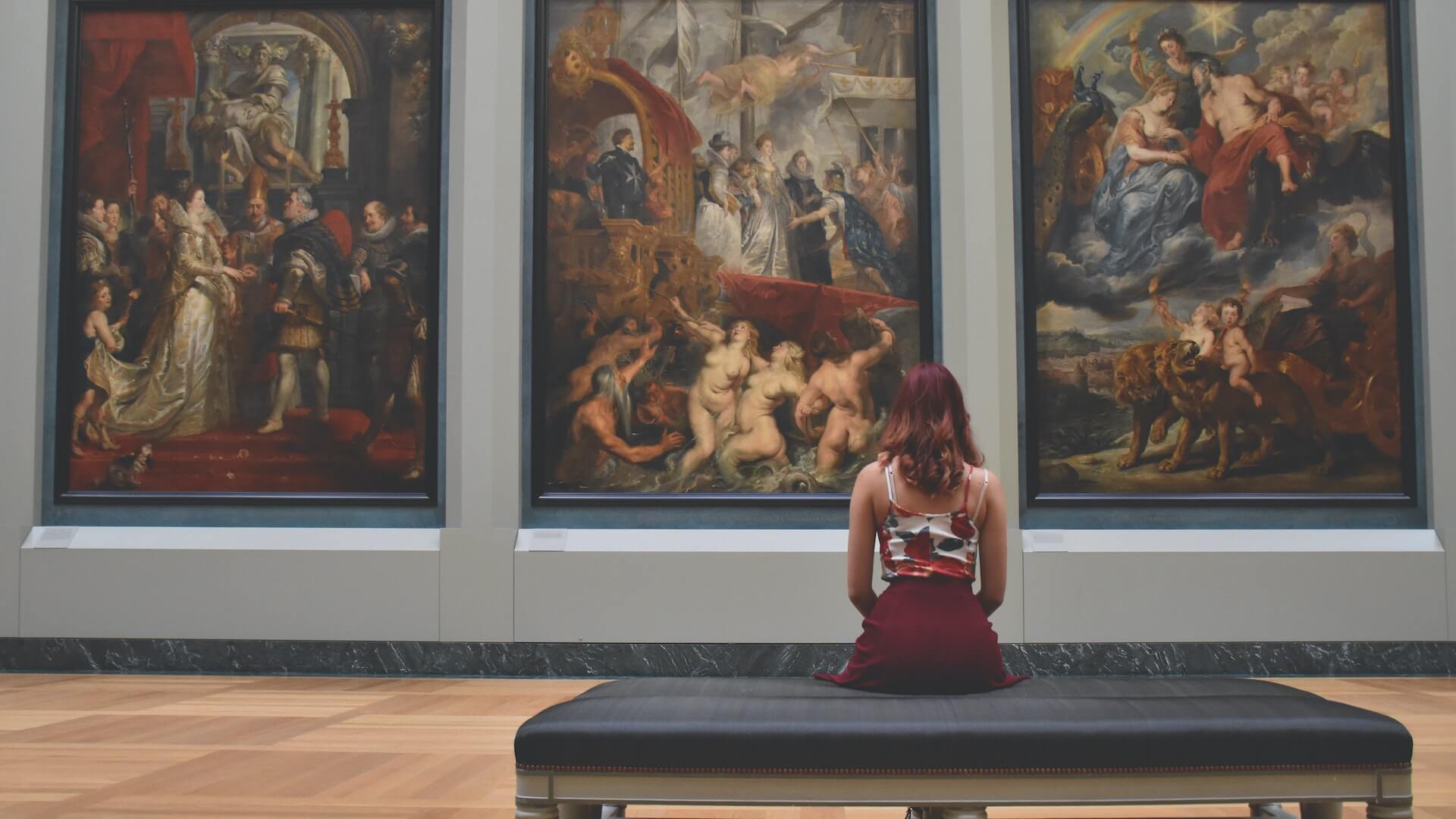
While we often think of the Internet of Things as having an important place in commercial and industrial environments, it is also being widely adopted in a variety of public institutions such as museums and galleries. The significant responsibility of maintaining historical and cultural centers, as well as the growing need to create new and innovative experiences, is driving museum facility managers and curators to adopt a variety of IoT applications.
Here are six ways smart museums and galleries are adopting the IoT.
Heritage Preservation
Historical artifacts are extremely sensitive to small fluctuations in humidity, temperature and light. Prolonged exposure to humidity, heat, and sunlight and fluorescent lights can lead to a variety of problems, such as shrinkage, warping, decay, fading, and discoloration. By integrating IoT sensors into storage and display racks, museums are now able to collect and analyze critical environmental data such as temperature, humidity and lighting in real time. This data allows staff to precisely adjust the humidity, temperature and lighting of exhibits, helping to reduce operating costs, reduce the frequency of restoration projects and protect valuable artifacts.
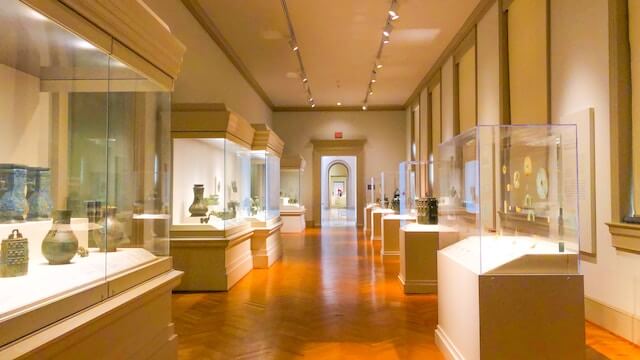
Leak Detection
Whether it's an air conditioning leak, condensation, groundwater or local plumbing, water damage can have a devastating and costly impact on museums and galleries.
Leak detection solutions notify facility managers at the first sign of a leak so they can take remedial action. Point leak sensors can be used in recessed ceilings to provide early warning of plumbing, upper floor or roof leaks to ensure rapid intervention and avoid flooding of entire galleries or exhibitions.
Artwork management and security
More than 50,000 works of art are stolen worldwide each year, with the black market value of stolen art ranging from $6 billion to $8 billion annually. Given that many of these collections are worth millions of dollars, and some are even priceless, museum security is critical. The Internet of Things offers a variety of ways to help secure museums.
These include access control to detect and prevent intrusion events, real-time status monitoring to track artwork anywhere, presence detection sensors to help museum guards secure buildings after closing, and real-time alerts of irregular activity sent directly to security centers for immediate action.
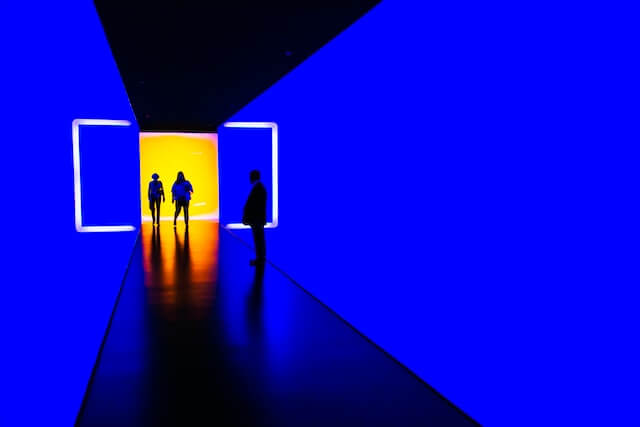
exhibition interaction
There are more than 35,000 museums in the United States, so to ensure higher attendance and more revenue, artists and exhibitors must bring something unique to the table. With the help of IoT devices, artists, museums and galleries are finding new ways to make their exhibits more interactive, from virtual objects, to helping visitors use interactive maps to plan personalized viewing routes, and even allowing artists to create unique installations and experiences.
New media artist Matt Roberts, for example, uses technology to create sound experiences within museum spaces by sampling ocean currents to provide data that modulates sound. This data is transmitted to the exhibition site from its nearby buoys via an IoT-connected weather monitor.
Visitor behavior
From the visitor's perspective, the attractiveness of an exhibition depends on two characteristics: the uniqueness of the exhibit and the visibility of the artist. Presence detection sensors can help curators better understand which areas of the gallery attract the most visitors and which artworks attract the most attention.
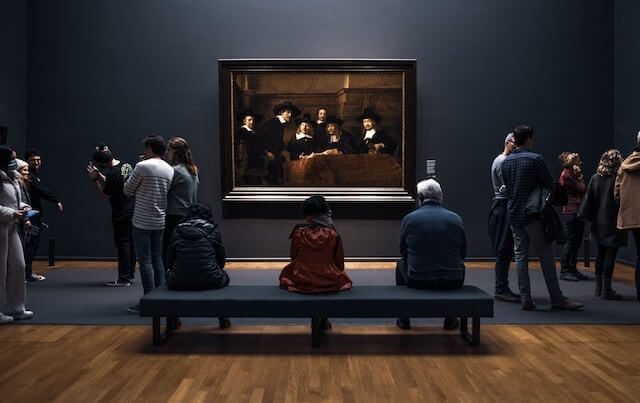
These sensors provide real-time data on the length of stay in different rooms and on specific artworks, providing insight into the level of interest in curated exhibitions. Similarly, wireless IoT sensors that measure visitors' breathing rates and resting heart rates from a distance can reveal physical reactions to certain artworks. Does a visitor's heart rate increase when they look at the installation? This information can be used to inspire a novel and engaging museum experience.
Visitor comfort
As with any business that attracts and hosts visitors, it is critical to ensure visitor health, safety and comfort. Indoor environmental quality monitoring using IoT sensors is key to ensuring that these spaces have clean air to breathe, and that ambient temperature, light and noise quality are optimal for visitor comfort.
Likewise, with the help of wireless IoT sensors, museum staff can proactively monitor when consumables such as hand sanitizer, paper towels and toilet paper are running low to ensure timely replenishment.

